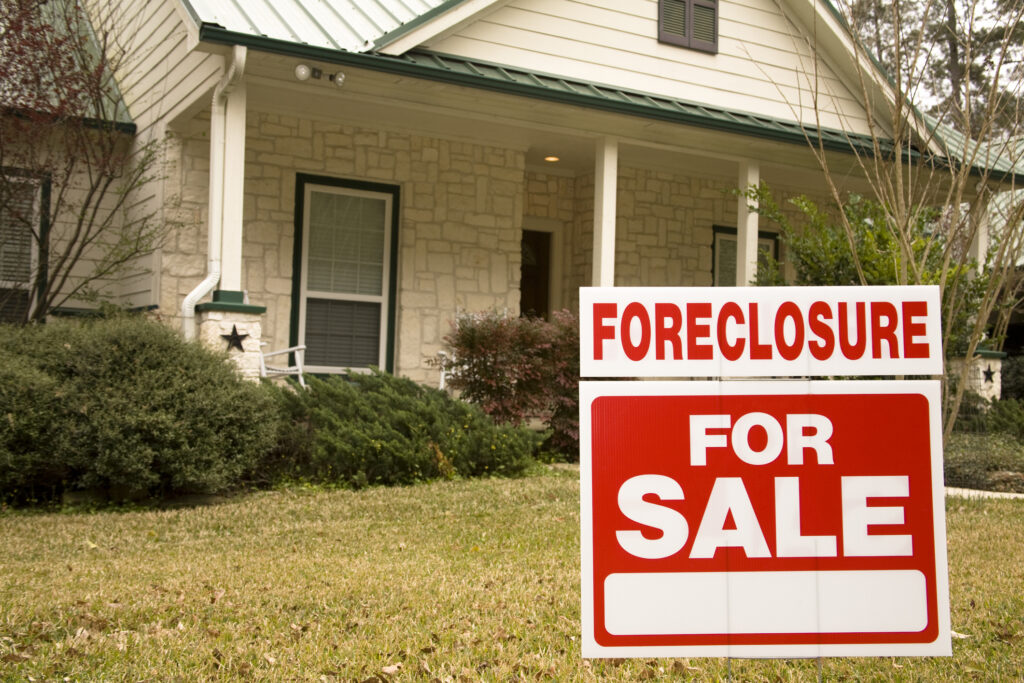Facing foreclosure can be incredibly stressful, especially when it involves your home. But Chapter 13 stops foreclosures. Fortunately, Chapter 13 bankruptcy provides a lifeline for homeowners who want to protect their homes from foreclosure. Let’s dive into the details.
What is Chapter 13 Bankruptcy?
Chapter 13 bankruptcy is a legal process that allows individuals to reorganize their debts and create a repayment plan. Unlike Chapter 7, which involves liquidating assets, Chapter 13 focuses on debt repayment over three to five years. Chapter 13 bankruptcy allows you to use such a payment plan to pay off mortgage arrearages. Your home is your most valuable asset. Go to Zillow to estimate the value of your home.
How Chapter 13 Bankruptcy Stops Foreclosures
Chapter 13 stops foreclosures due to the automatic stay
When you file for Chapter 13 bankruptcy, an automatic stay comes into effect. The bankruptcy filing immediately stops your mortgage lender (and other creditors) from pursuing collection actions. It means:
- Foreclosure Halted: The foreclosure process is put on hold because Chapter 13 stops foreclosures. Your lender can’t proceed with foreclosure as long as you adhere to your repayment plan.
- Breathing Room: You get a break from payments and persistent collection communication.
Chapter 13 stops foreclosures because your payments cure the mortgage default
Chapter 13 stops foreclosures and gives you an opportunity to cure your mortgage default. Here’s how it works:
- Repayment Plan: You propose a repayment plan that spans three to five years (36 – 60 months).
- Missed Payments: Through this plan, you catch up on missed mortgage payments. You accomplish this by making sure your monthly plan payment is enough to pay in full the mortgage arrearages.
- Affordable Approach: The extended timeframe makes it more manageable. And you are not paying interest on the arrearages.
- Foreclosure Alternative: This flexibility makes Chapter 13 appealing for those facing foreclosure.
Paying Regular Mortgage During Chapter 13
You must also stay current with your regular mortgage payments. This is in addition to paying the monthly plan payment in an amount sufficient enough to cure all arrearages. Here’s how you’ll handle payments:
- Direct Payments: If you are filing Chapter 13 and current on your mortgage payments, you will pay directly to your lender the normal monthly payment.
- Through the Plan: If you are not current with your mortgage when you file, the Arizona Chapter 13 bankruptcy trustees require you to pay your regular mortgage payments through the Chapter plan. You add an additional 10% to compensate the Chapter 13 trustee his fee. For example, if your regular monthly mortgage payment is $1,500/month, you must add $1,650 ($1,500 plus 10% of $1,500 ($150) = $1,650) to your plan payment
Chapter 13 Example
Let’s assume you owe:
- Mortgage arrearages: $15,000
- Non-dischargeable IRS debt: $10,000
- Debt for a vehicle you want to keep: $20,000
- Credit card and other unsecured debt: $80,000
Let’s assume after you take into account your monthly income and expenses, you propose a $1,300/month Chapter 13 plan payment. Assume you are in a five year plan (60 monthly payments).
You know that you need to pay the sum of your mortgage arrearages ($15,000), your IRS debt ($10,000), and your car ($20,000). Accordingly, you must pay a total of $45,000 to save your home, keep your vehicle, and pay what you owe to the IRS.
$1,000/month times 60 months is $60,000, which will be the total amount you will pay over the 60. months. That will be enough to pay the (a) $15,000 required for the mortgage arrearages, (b) $10,000 non-dischargeable IRS debt, (c) $20,000 vehicle debt to retain the car, and (d) additional amounts necessary to pay the trustee’s commission and any unpaid attorney fees.
Assume your regular monthly mortgage is normally $1,500. 10% of $1,500 = $150.00. You will pay to the trustee your regular monthly mortgage payment of $1,650 ($1,500 + $150 trustee’s commission).
As such, your total Chapter 13 monthly payment will be $2,650 for 60 months ($1,000/month necessary to pay the $45,000 of debt PLUS $1,650/month for the regular mortgage payment). At the end of the 60 months, you will have paid: (i) all of your mortgage arrears; (ii) 100% of your vehicle; and (iii) 100% of the non-dischargeable IRS debt. If doesn’t matter if that isn’t enough to pay off your $80,000 of unsecured debt. If you timely make those $2,650/month payments for 60 months, your bankruptcy will discharge the balance of your unsecured debt. This is a great deal!
Mortgage Modification Mediation Program
The Arizona bankruptcy court has a special Mortgage Modification Mediation Program. This program is one of the most success mortgage modification programs in the country. While the mortgage modification is pending, foreclosures are stopped. Debtors may have a better chance obtaining a mortgage modification through this program than on their own outside of bankruptcy. A competent Arizona bankruptcy attorney can determine whether you would be a good candidate for this program and how much additional legal fees you will have to pay.
Conclusion
Filing Chapter 13 bankruptcy isn’t just about financial relief—it’s about safeguarding your home. Consult with an Arizona bankruptcy attorney to explore your options and create a viable repayment plan. This secures your future within the walls of your cherished abode.
Remember, you’re not alone in this journey. With Chapter 13, you can turn the tide and keep your home.

